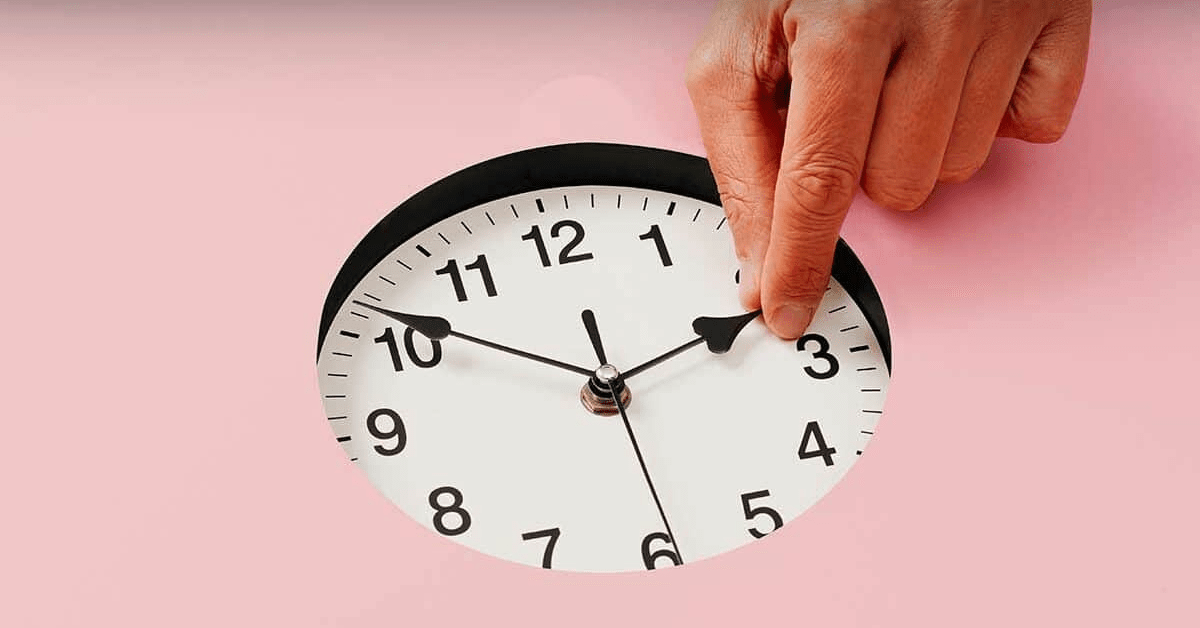As clocks rolled back this past Sunday, marking the end of Daylight Saving Time (DST), Americans found themselves asking once again: Is it finally time to put an end to these biannual time changes?
For eight months of the year, most Americans experience DST, gaining evening light at the cost of dark early mornings. But as DST ended at 2 a.m. on November 3, millions of people got an extra hour of sleep, shifting back to standard time with an earlier sunrise—and an earlier sunset. Despite the familiar benefits of extra daylight in the evening, calls to abandon the clock changes altogether have grown stronger, with supporters on both sides.
The Push for Permanent Time—But Which One?
A mix of states and federal lawmakers are pressing for consistency in timekeeping, but the solution is far from settled. Although Arizona and Hawaii have long stuck with standard time year-round, other states need federal permission to make DST permanent. States like Florida, which has championed a permanent DST bill under the leadership of Senator Marco Rubio, have taken steps to approve the switch if Congress allows it. Rubio’s proposed Sunshine Protection Act, aiming to “lock the clock,” passed the Senate in 2022 but has yet to gain traction in the House of Representatives.
“It’s time to stop enduring this outdated ritual,” said Rubio, who argues that year-round DST would benefit people’s schedules and support outdoor evening activities. And he’s not alone. Nineteen other states, including Colorado, Alabama, and Washington, have already passed or considered similar legislation. These states are ready to adopt permanent DST as soon as Congress gives the green light, though some have tied their decision to neighboring states to maintain regional uniformity.
Health Concerns Surrounding Time Changes
While many people appreciate the extra daylight that DST brings, experts in health and biology are divided. Studies show that the abrupt time shifts impact human health, especially in spring, when we lose an hour of sleep by moving clocks forward. According to Erik Herzog, a professor of biology and neuroscience, these shifts disrupt our body’s natural circadian rhythms, increasing risks like heart attacks and car accidents during the adjustment period.
However, Herzog and other scientists caution that permanent DST may not be the best solution for public health. “The scientific community agrees that standard time is healthier for humans,” Herzog explains. Morning daylight, he notes, is essential to syncing our biological clocks naturally, supporting energy, mood, and overall health. Permanent standard time, he says, would allow people to wake up with the sun rather than in darkness, avoiding reliance on alarms and minimizing fatigue and other health issues.
Why Not Just Stick to One Time?
The United States has a long, complicated history with DST. Originally introduced during World War I as “war time,” DST aimed to save energy and resources. It became official again in 1966 with the Uniform Time Act, which standardized time-keeping across the country. During the 1973 energy crisis, the government tried a year-round DST experiment, but it quickly proved unpopular. Dark winter mornings, with sunrises as late as 9:30 a.m. in some areas, led Congress to reverse the decision within a year.
Still, the benefits of DST are hard to ignore, particularly in warmer states like Florida, where more evening sunlight could boost tourism and recreation. Many Floridians, for example, look forward to more time for outdoor activities, such as golfing, after work. However, in northern states like Minnesota, where winters are long and dark, people would face much later sunrises under permanent DST—potentially leading to even darker winter mornings and increased safety concerns.
What Do Americans Want?
Public opinion is split, with many people eager to eliminate clock changes but divided on which time is best. According to a 2021 poll, about 43% of Americans support permanent standard time, 32% favor year-round DST, and 25% prefer the current system. While some argue that DST conserves energy and promotes outdoor activities, others feel the benefits are outweighed by health impacts and safety risks.
So, will the U.S. ever settle on one time year-round? For now, it’s uncertain. Although many states have prepared legislation for a permanent time system, any move toward year-round DST or standard time rests in the hands of Congress, which has yet to take a definitive stance.
A Time-Tested Question Without an Answer—For Now
As winter approaches and we settle into earlier sunsets, Americans will again adjust to the darker evenings and lighter mornings of standard time. Whether or not Congress will pass legislation to end the biannual clock changes remains to be seen. Until then, the debate continues, and we’ll keep springing forward and falling back, waiting for a decision that may one day stop the clock—for good.
